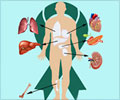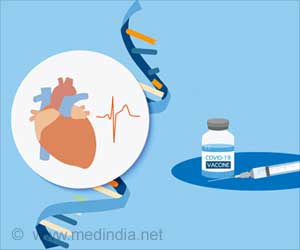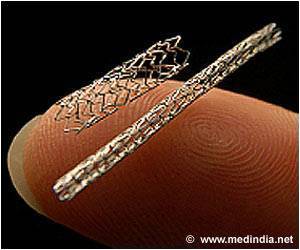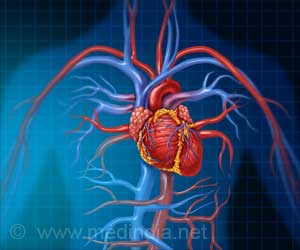Consider this question: How much calcium could a hibernating woodchuck's heart cells sequester if they could sequester calcium?
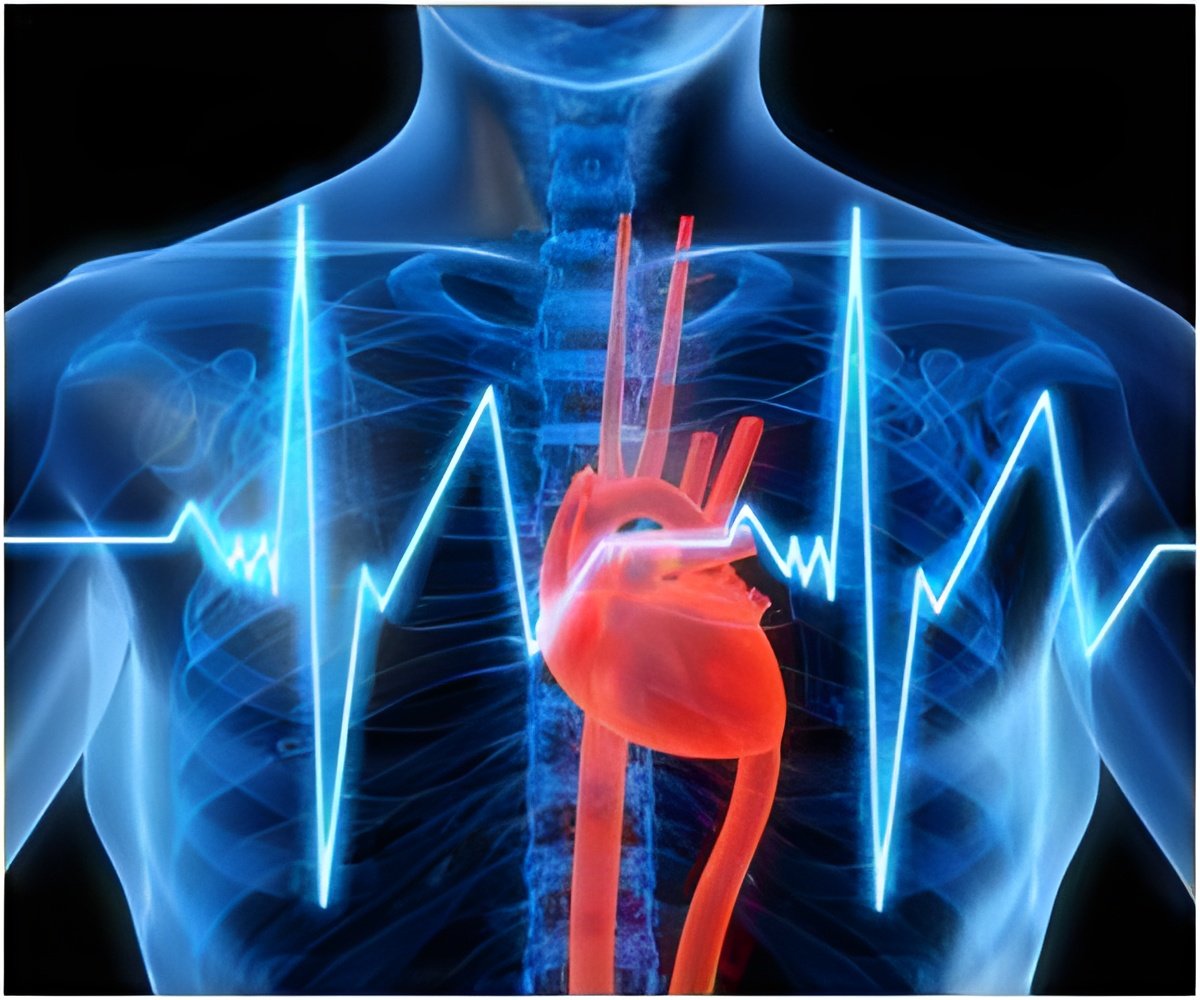
Bear and bats can be roused from their slumber by external stimuli. But woodchucks (Marmota monax), also known as groundhogs, are "true hibernators," which means they can enter a profoundly altered physiological state: their body temperature drops to near-ambient levels (often as low as freezing) and heart and respiration rates slow dramatically. Despite – or perhaps because of – these changes, hibernating animals have been found to be more resistant to cardiac arrhythmias and sudden cardiac death.
Electrophysiologist Lai-Hua Xie, an assistant professor at the University of Medicine and Dentistry of New Jersey (UMDNJ)-New Jersey Medical School in Newark, and his colleagues examined muscle cells, or myocytes, isolated in winter and in summer from woodchucks. Using a charge-coupled device (CCD) camera, the researchers monitored the release and uptake of calcium ions when the cells were activated. The team found that in winter woodchucks, the myocyte sarcoplasmic reticulum – the membrane system in muscle cells that stores and releases calcium – had less spontaneous leakage of calcium, released more of it during excitation, and took it back up faster than that of summer woodchucks or non-hibernating animals. This is likely, he says, "to generate a stronger contraction and faster relaxation, and most importantly, to prevent abnormal changes in the heart's electrical activities called afterdepolarizations."
The overall effect, Xie says, is a "higher resistance to arrhythmia in woodchucks in winter. Understanding these cardiac adaptive mechanisms in hibernators may suggest new strategies to protect non-hibernating animals, especially humans, from fatal cardiac arrhythmias induced by hypothermic stresses and myocardial ischemia."
Xie and his colleagues conducted the work with funding from the National Institutes of Health and in collaboration with Stephen Vatner, director of the UMDNJ-New Jersey Medical School Cardiovascular Research Center.
The presentation, "Calcium handling properties in a hibernating animal: Insights into antiarrhythmic mechanisms," is at 1:45 on Sunday, Feb. 26, 2012, in the San Diego Convention Center, Hall FGH. ABSTRACT: http://tinyurl.com/7mtrp4a
Source-Eurekalert
 MEDINDIA
MEDINDIA

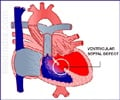

 Email
Email


